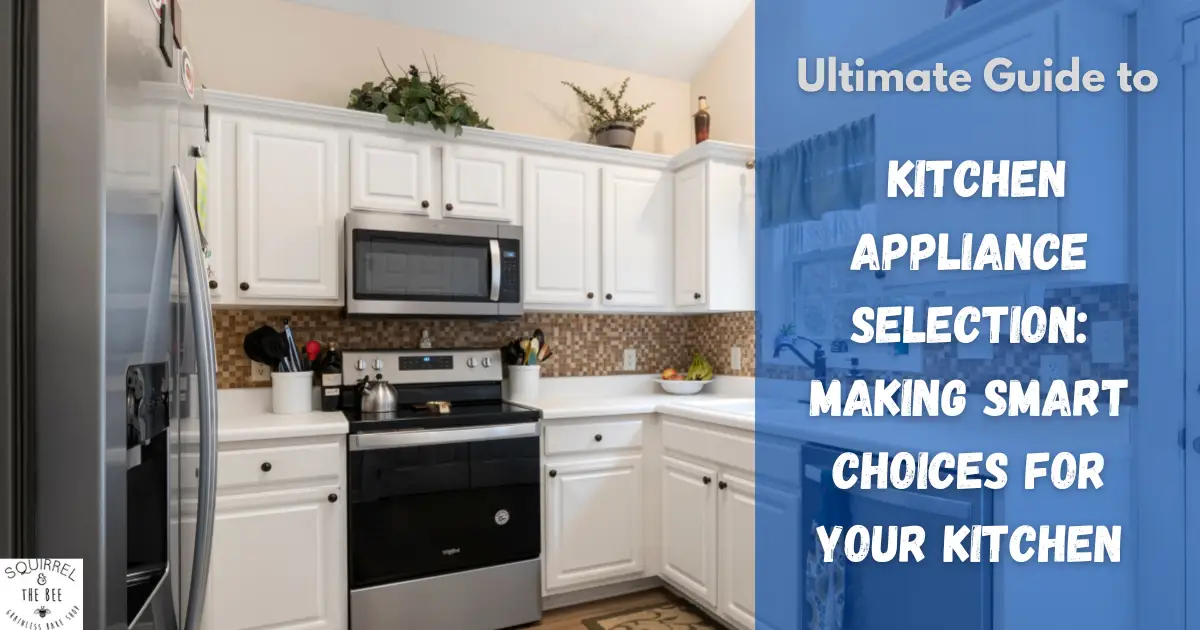Baking Polymer Clay in Your Home Oven: A Beginner’s Guide
Introduction to Polymer Clay
Polymer clay is a versatile material that has been captivating crafters and artists for years. It is a type of synthetic clay that can be molded into various shapes and forms, making it ideal for creating jewelry, decorative items, and other handicrafts. One of the most critical steps in working with polymer clay is baking it to ensure it hardens properly. This process can be done in the comfort of your own home using a conventional oven, which falls under the category of Ovens. In this guide, we will explore how to bake polymer clay effectively and safely.
- Conventional Oven: Suitable for baking polymer clay, conventional ovens provide a controlled environment where you can ensure even heat distribution.
- Toaster Oven: While smaller, toaster ovens can also be used for baking polymer clay, but they require more attention to heat distribution and proximity to heating elements.
Preparation and Safety Precautions
Before you start baking your polymer clay creations, it is essential to prepare your oven and ensure safety. Here are some steps to follow:
- Read the Instructions: Always check the packaging of your polymer clay for specific baking instructions. Different brands and types of clay may have different temperature and time requirements.
- Temperature Control: Use an oven thermometer to ensure your oven is at the correct temperature. This is crucial for preventing over or underbaking.
- Safety Equipment: Keep oven gloves and a towel handy to handle the hot baking tray and to cool down the clay slowly after baking.
- Ventilation: Open windows to ensure good ventilation while baking polymer clay.
Baking Polymer Clay: Tips and Tricks
Baking polymer clay requires attention to detail to achieve the best results. Here are some tips to keep in mind:
Choosing the Right Temperature and Time
The baking temperature for most polymer clays ranges from 230°F to 265°F (110°C to 130°C). The baking time generally varies from 15 minutes to 30 minutes per quarter inch of thickness. For thicker pieces, you may need to bake them for longer periods, such as 45 minutes per quarter inch of thickness.
Positioning in the Oven
Place your polymer clay creations on a baking sheet lined with foil or parchment paper. Position the sheet on the middle rack of your oven to ensure even heating. Keep the clay away from the oven walls and heating elements to avoid burning.
Handling and Cooling
After baking, turn off the oven and carefully remove the tray using oven gloves. Wrap the tray in a towel to cool down the polymer clay slowly. This helps prevent cracking and ensures the clay cools evenly.
Common Mistakes to Avoid
While baking polymer clay is straightforward, there are common mistakes to watch out for:
- Incorrect Temperature: Baking at too high a temperature can cause burning, while too low a temperature may not cure the clay properly.
- Inadequate Ventilation: Failing to open windows can lead to the accumulation of fumes from the polymer clay.
- Insufficient Cooling: Not cooling the clay slowly can lead to cracking.
Conclusion and Next Steps
Baking polymer clay in your home oven is a simple process that requires some basic precautions and attention to detail. By following these guidelines and experimenting with different techniques, you can create beautiful and durable polymer clay pieces. If you are new to polymer clay, start with simple projects and gradually move to more complex ones. Remember to always follow the specific baking instructions for your polymer clay brand and type to ensure the best results. Happy crafting!
For more information on working with polymer clay and other crafting tips, be sure to check out our other articles on ovens and crafting techniques.

